Project Implementation: Glucose Buddy and ADA Diet for Diabetes
VerifiedAdded on 2022/09/10
|6
|1089
|25
Project
AI Summary
This project implementation paper addresses a PICOT question: 'In adults aged 40-65 with type 2 Diabetes, can the addition of a mobile application program such as Glucose Buddy to an ADA diet versus a strict ADA weight-based diet affect the reduction of blood glucose level or A1c over three months?' The paper outlines the stakeholder groups, including project leaders, managers, health professionals, and patient groups, and describes their roles. It establishes a theoretical foundation using the Theory of Reasoned Action and presents a conceptual framework. Educational needs for both intervention and control groups are identified, alongside a detailed plan for delivering the intervention, which involves social media marketing, offline education, and community healthcare sector involvement. The educational intervention emphasizes the value of the project, progress updates, and stakeholder participation. The paper aims to demonstrate the potential of mobile app-assisted ADA diets in improving diabetes management. References include studies supporting the use of technology and dietary modifications in diabetes care.
1 out of 6
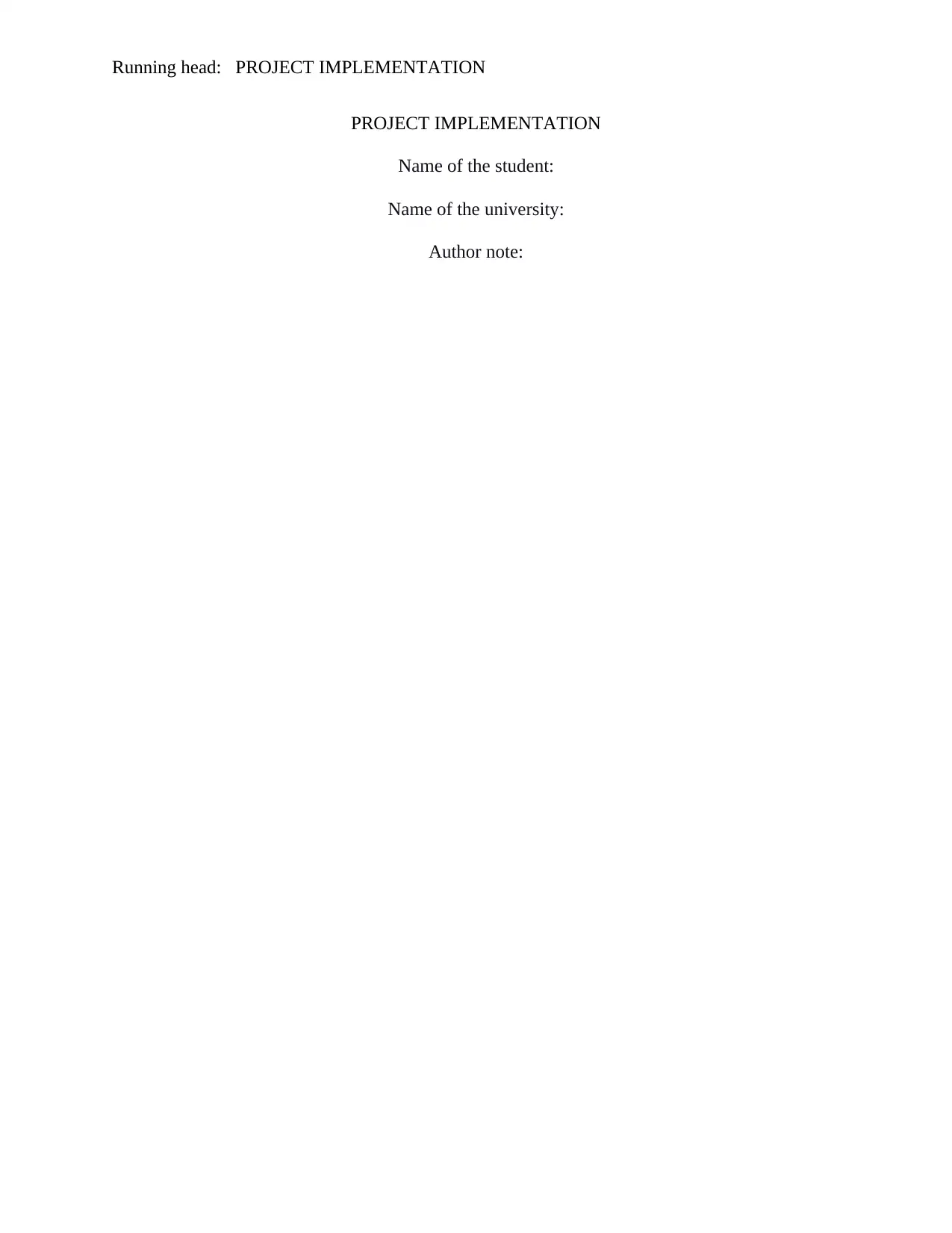
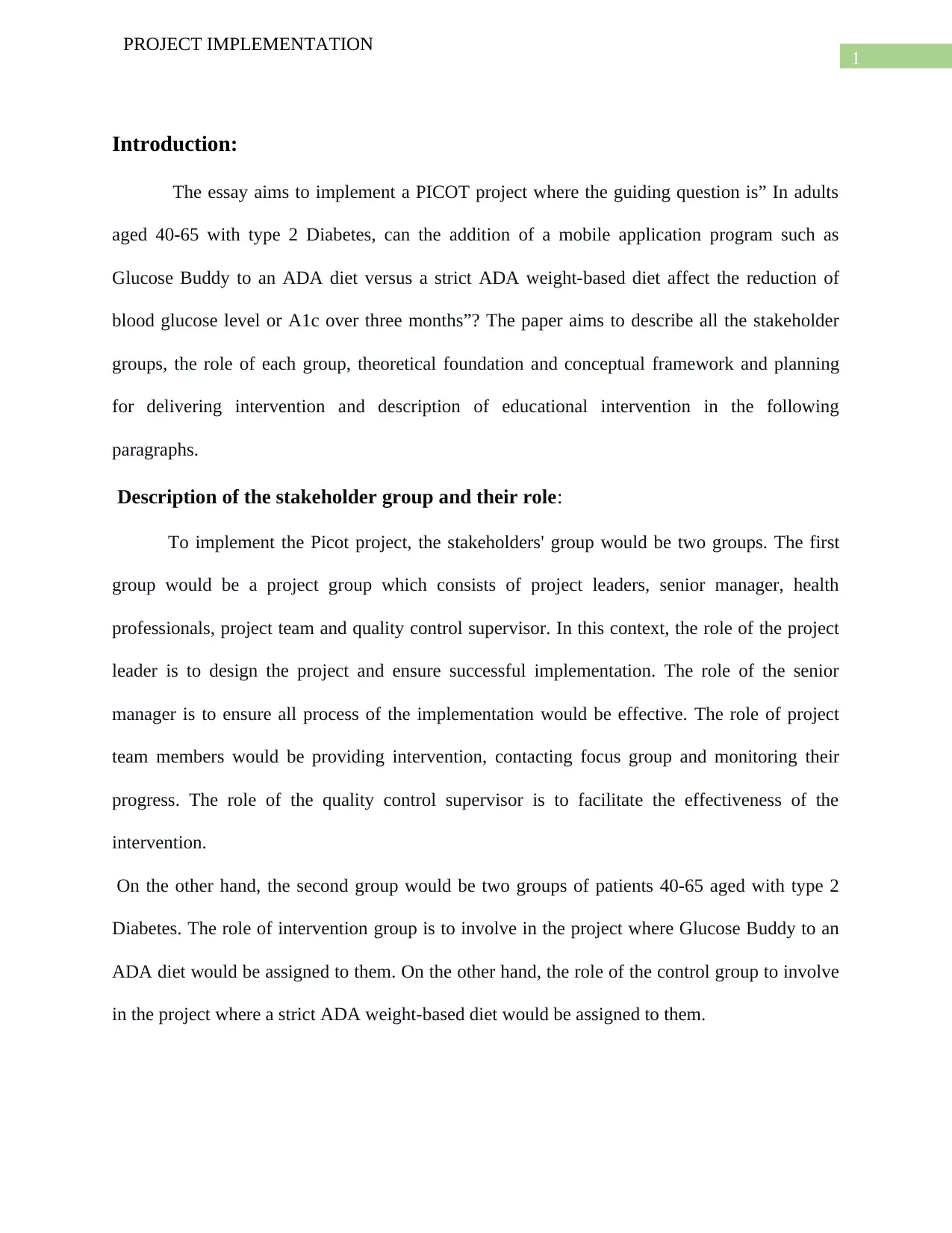
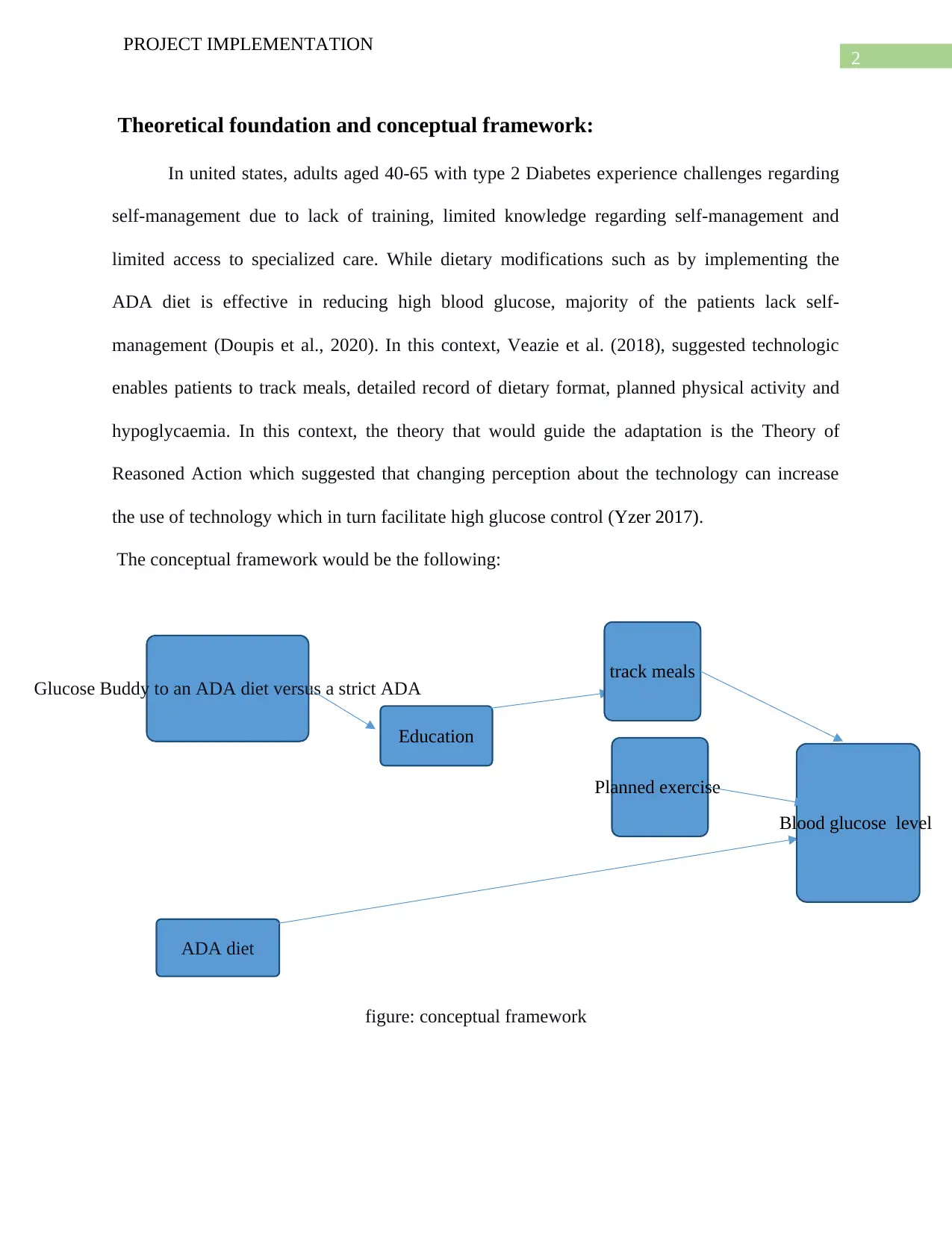

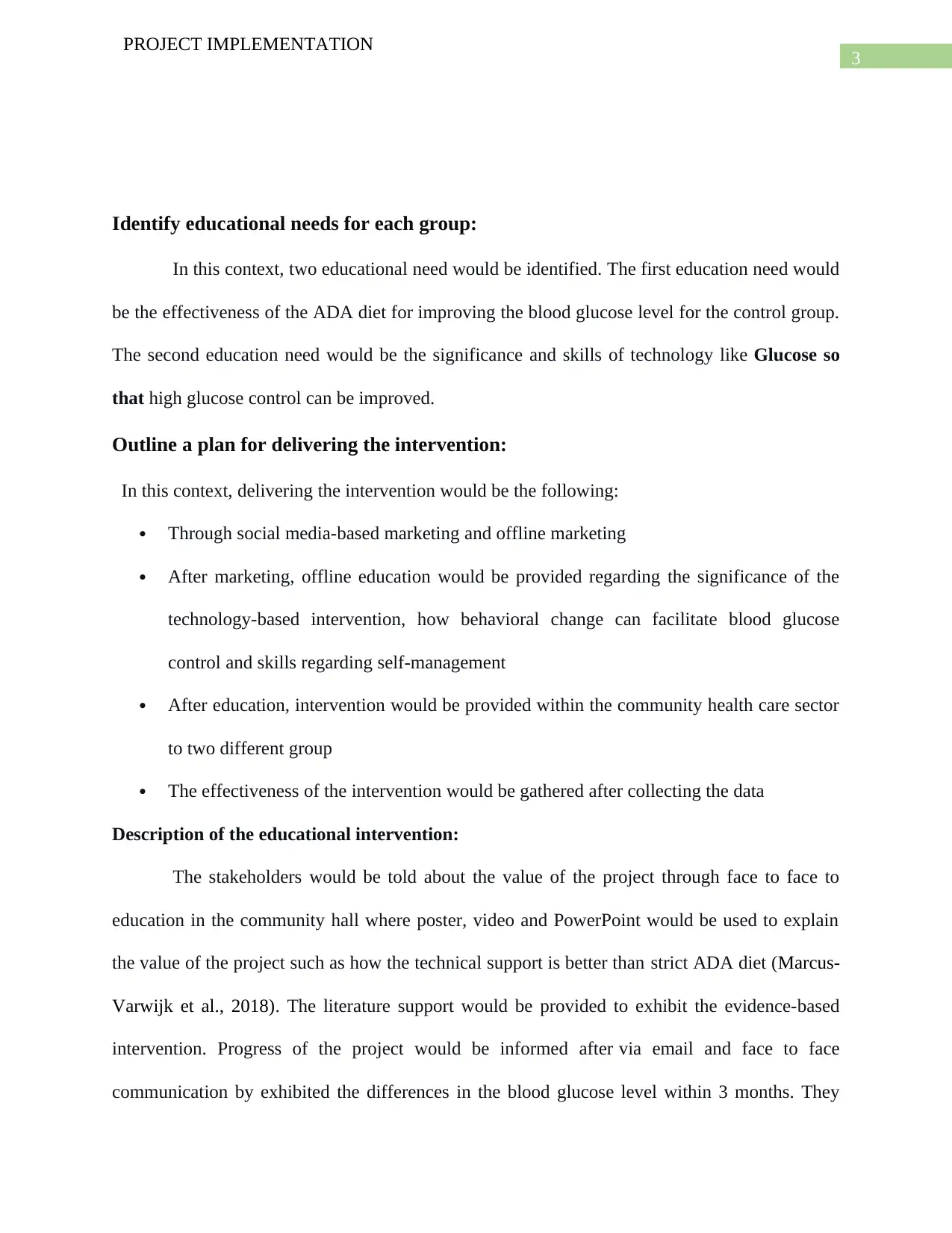
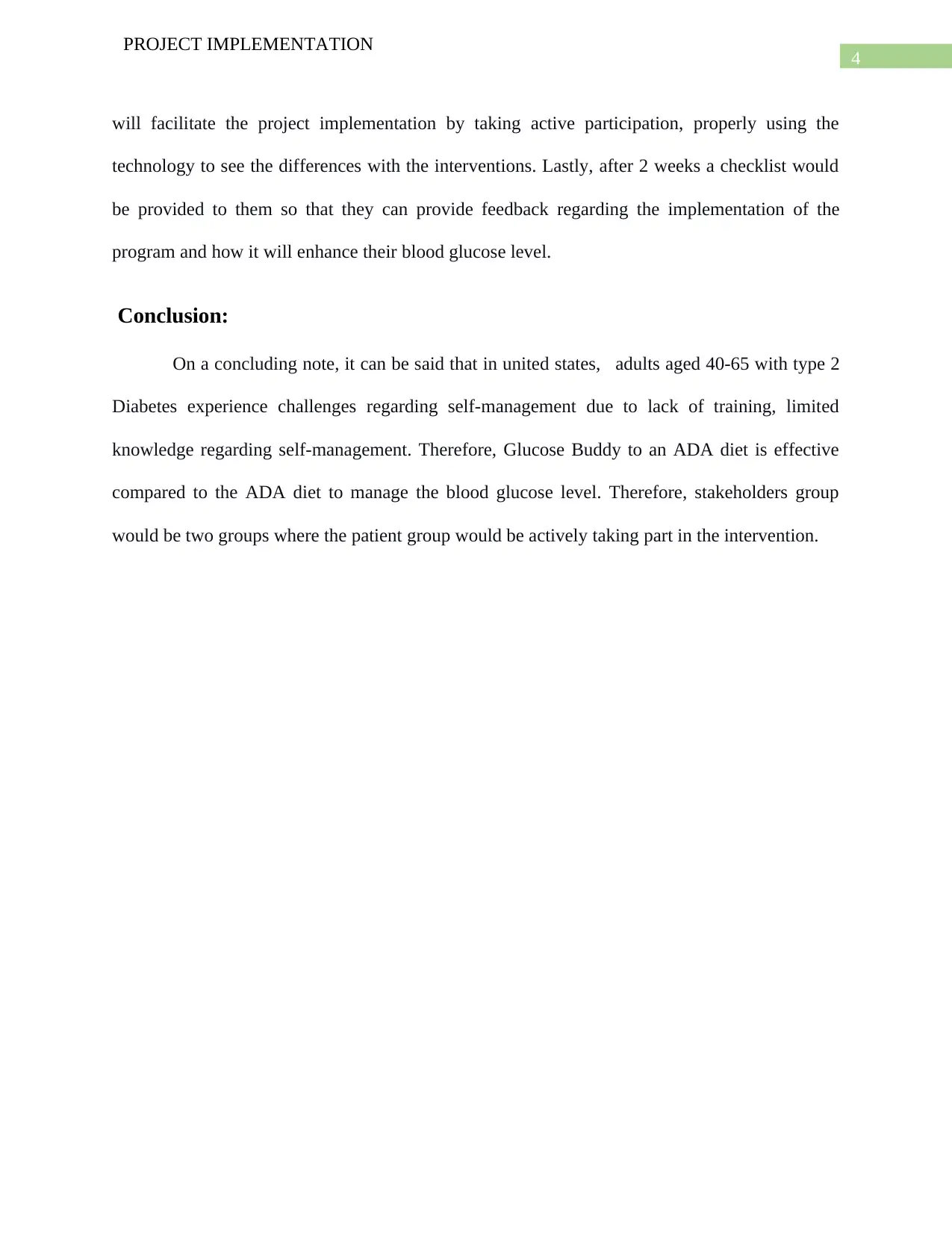
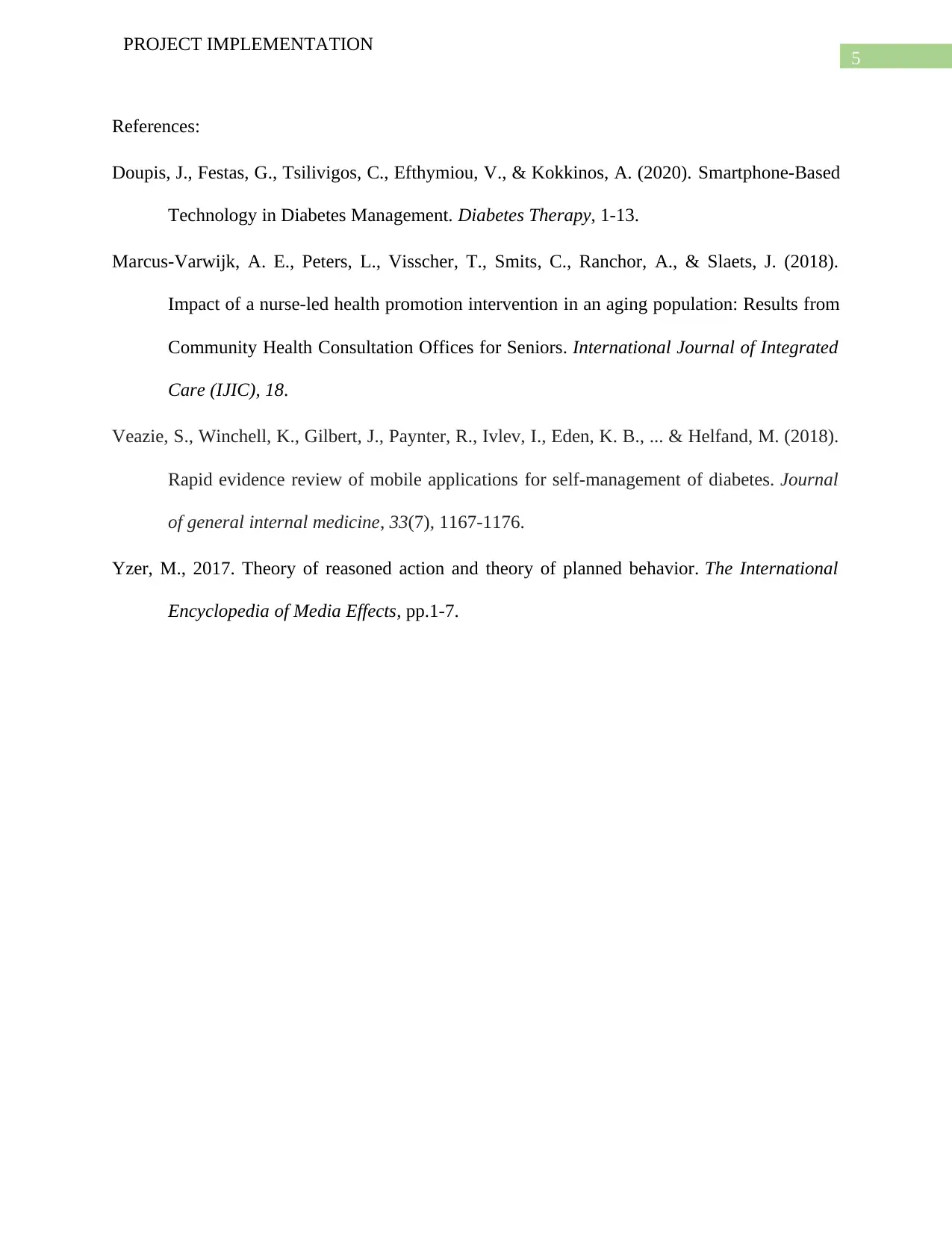



![[object Object]](/_next/static/media/star-bottom.7253800d.svg)